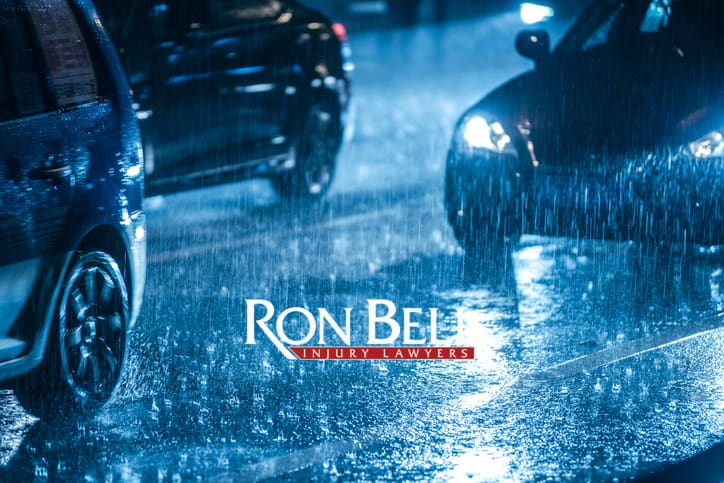New Mexico’s Headlight Laws

Does the use of headlights reduce the risk of a car accident? That depends on how you look at it. It is true that headlights improve visibility, and this, in turn, improves safety. For example, DMV.ORG states that “using your headlights during the day regardless of the conditions can improve visibility and safety” and advises the use of headlights during adverse weather conditions, on rural and mountain roads, as well as on narrow two-lane highways. However, enhanced visibility doesn’t come without a tradeoff. Direct, bright light coming from a vehicle’s headlamps can blind an oncoming driver and could be a contributing factor in an accident. In one study conducted by the National Highway Traffic Safety Administration, 30% of drivers surveyed reported glare to be “disturbing” and difficult to ignore, which may suggest that it may indeed be a risk factor.
NHTSA Announces New Headlights Technology
Taking into consideration potential dangers associated with glare, the NHTSA announced plans to permit a new generation of headlights on new cars. This new technology called adaptive driving beam headlights, means that headlights work as high-beam lamps at all times and sensors that can detect oncoming traffic in real time and dim specific portions of the beam to reduce glare. According to the NHTSA, adaptive driving beam headlights have “the potential to reduce the risk of crashes by increasing visibility without increasing glare”. The technology has been successfully implemented in other markets, such as the European market but could not be used in the US due to previous NHTSA regulations.
Headlights Use in New Mexico
Since the winter season is now upon us and the days are shorter, reducing the visibility on our state highways, it is important to remember basic rules regarding headlight use as defined in the New Mexico state law. Basic regulations state that:
- All drivers are required to use headlights 30 minutes after sunrise and 30 minutes before sunset.
- Headlights must also be used regardless of the time of day in low-light conditions. These are defined as “not sufficient light to render clearly discernible persons and vehicles on the highway at a distance of five hundred feet ahead”.
- When it comes to modifications to headlight setups, New Mexico state law permits a car to have two spotlights and two auxiliary lamps. Flashing lights are prohibited except for authorized vehicles and/or in authorized circumstances.
- High beams must be switched to low beams when the oncoming traffic is within 500 feet or when a driver is within 200 feet from the car in front of them.
Headlight Use and Liability in Personal Injury Claims
If you were involved in an accident with a vehicle that was operating without its headlights, this could be a contributing factor in determining the liability of the other driver and may mean you have the basis for a personal injury claim against the other driver. Several other factors, however, will influence your claim. First, the time of the day when the accident occurred matters. If a driver was driving his or her car without lights on after dark, he or she broke the law and is guilty of negligence. Still, you’ll have to prove that the car’s headlights weren’t on at the time of the crash which may be challenging without an eyewitness account or some additional evidence. Second, driving without the headlights on was likely only one of the factors that led to the accident. As we explained in our blog in May, New Mexico is a pure comparative negligence state which means that, if your actions contributed to the accident, you will also share a degree of liability and your potential compensation will be reduced accordingly.
In any case, you can reduce the risk of being involved in a car crash by using your own headlights in accordance with New Mexico law and safety considerations. Ron Bell Personal Injury Lawyers wish all our clients and readers safe travels on the road this winter season.
Why Choose Ron Bell Injury Lawyers?
We Get Results!
